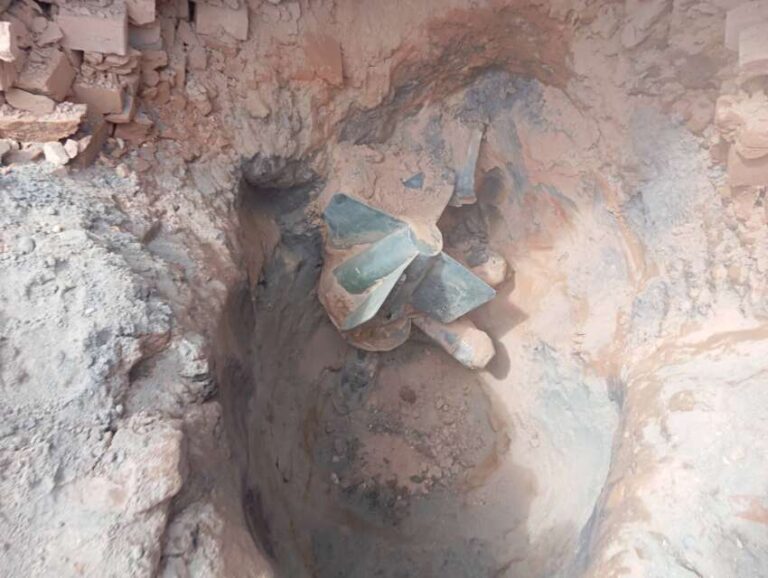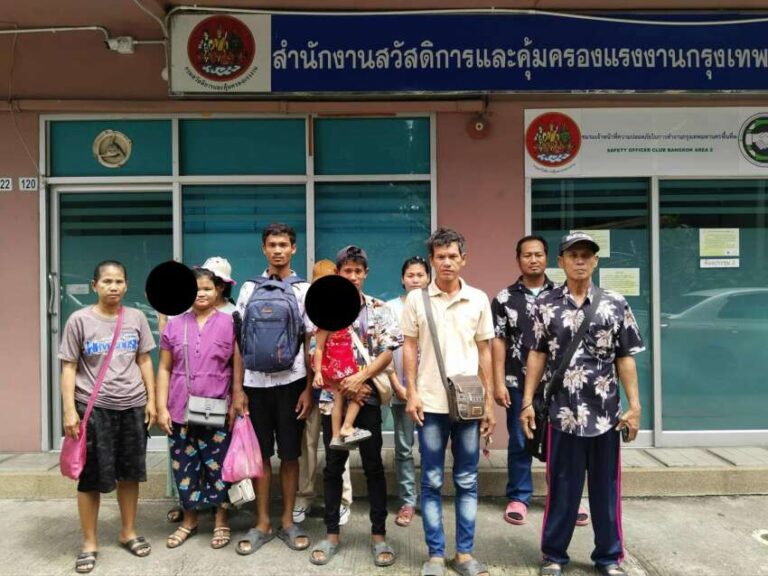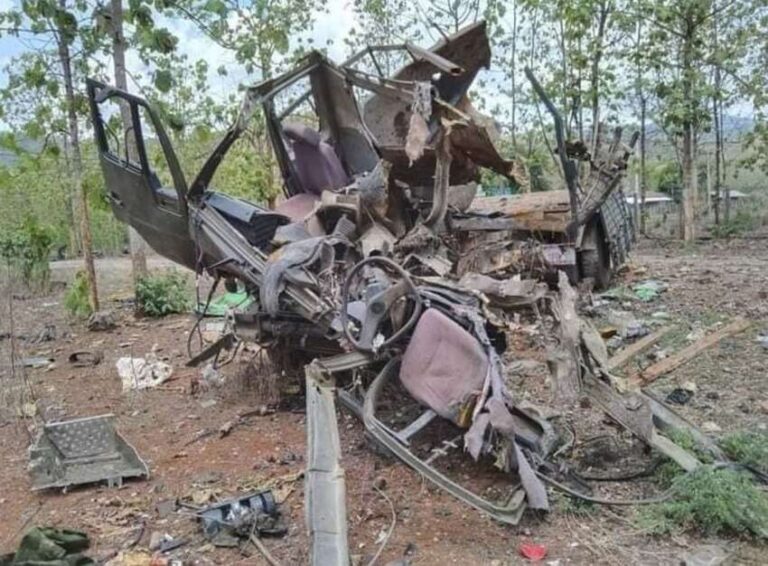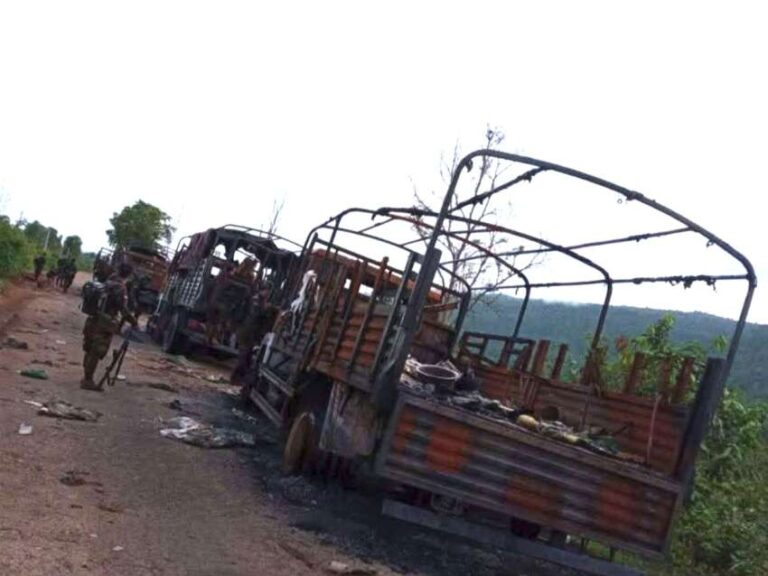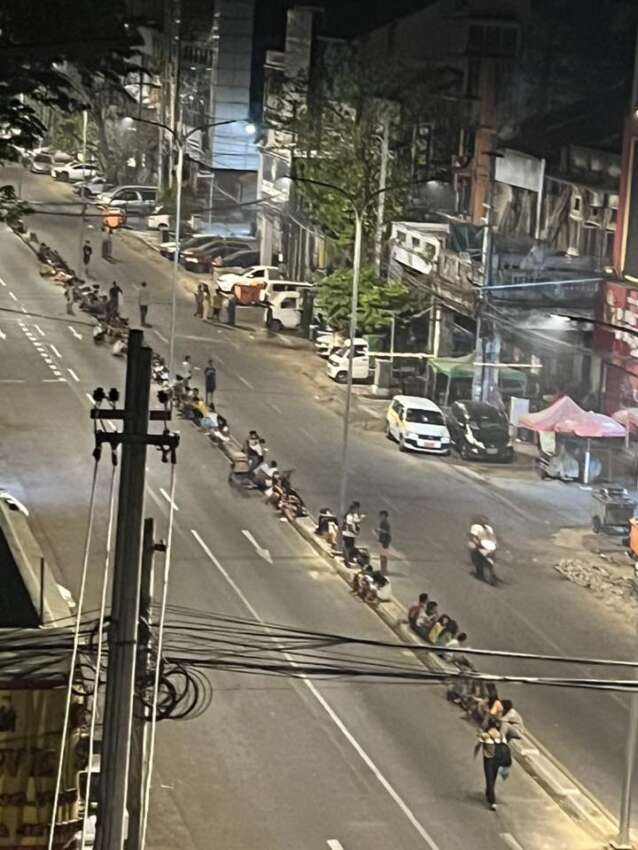
Following widespread rumors of an impending major earthquake, residents of high-rise buildings in Yangon evacuated to the streets around 1 AM on March 30, according to a Yangon-based humanitarian organization. The panic spread across downtown areas including Mingalar Taung Nyunt, Latha, Kyauktada, Sanchaung, Pansodan, and Botahtaung townships, where residents of apartment buildings rushed to the streets after hearing warnings about an earthquake. While some people returned to their homes after about an hour, many remained outdoors, gathering in groups on streets and building verandas, unwilling to return to their apartments due to fear.
According to humanitarian workers, large crowds gathered particularly around Sule Pagoda and Mahabandoola Park areas. The situation was exacerbated by power outages, with only street lights functioning in most areas. Despite humanitarian workers explaining that earthquakes cannot be accurately predicted, many residents remained too frightened to accept these reassurances. The false alarms and subsequent panic caused significant disruption to normal life in the city, with many people choosing to spend the remainder of the night in open spaces rather than return to their homes.
The incident also led to several medical emergencies, with some residents, particularly those with pre-existing health conditions, experiencing exhaustion, high blood pressure, and heart-related issues due to the sudden evacuation from high-rise buildings. These cases required immediate transportation to Yangon General Hospital’s emergency department. While humanitarian organizations continued their efforts to calm the public and provide accurate information about earthquake preparedness, the impact of the rumors continued to cause anxiety among many residents, highlighting the potential consequences of misinformation in urban areas. The situation also revealed the challenges faced by city authorities and humanitarian organizations in managing public panic and ensuring accurate information reaches the population during times of perceived crisis.
